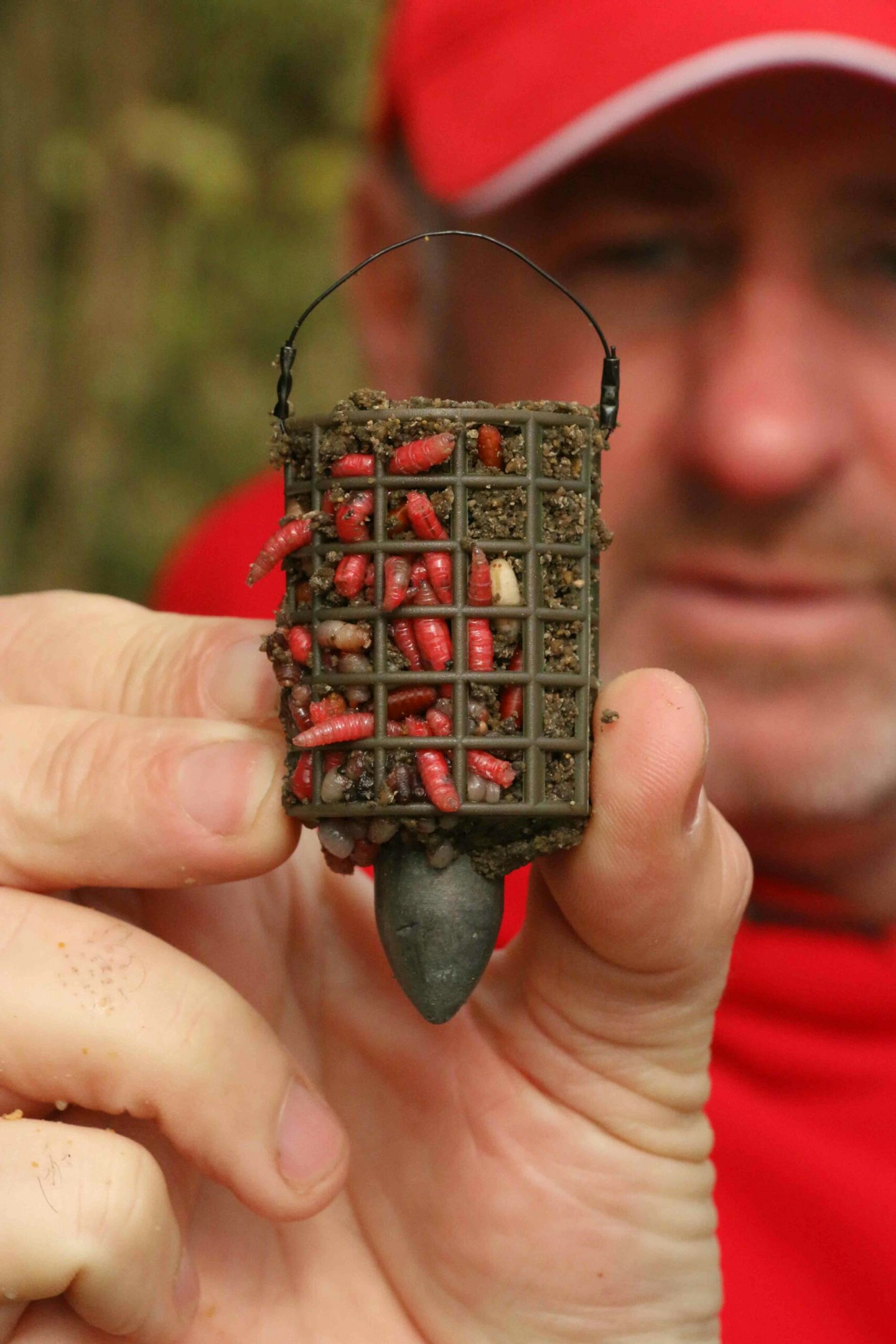Feeder fishing for bream has changed a lot in the last ten years. We used to use small hooks and target boards to spot shy bites. Now, we use inline feeders and wafter hookbaits, and wait for the rod to bend. But is the old school way of fishing still any good?
I think it is. In many places I fish, the old ways are still the best. Here's how I do it...
BREAM ON BIG VENUES REQUIRE THE BEST DISTANCE FEEDER RODS, OUR GUIDE HIGHLIGHTS THE PICK OF THEM.
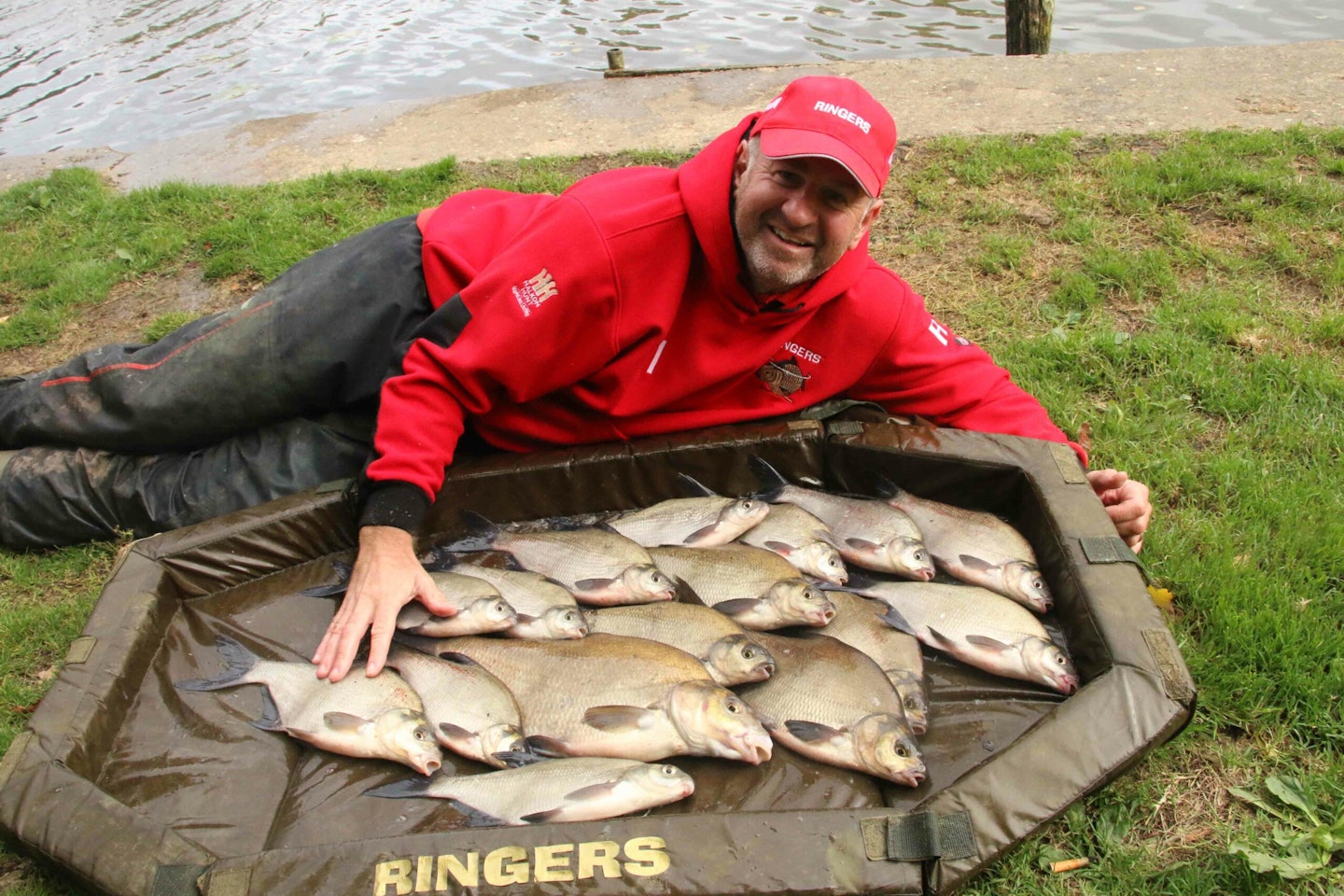
Ease off the fishmeal
A strong fishmeal groundbait can be overwhelming for some fish. A sweeter fishmeal mix, like Ringer Baits F1 Black, is a better choice. If you're targeting larger fish, add a little Ringers Original to the mix.
OUR EXPERT GUIDE TO THE BEST BREAM BAITS WILL ENSURE YOU CATCH MORE BREAM.
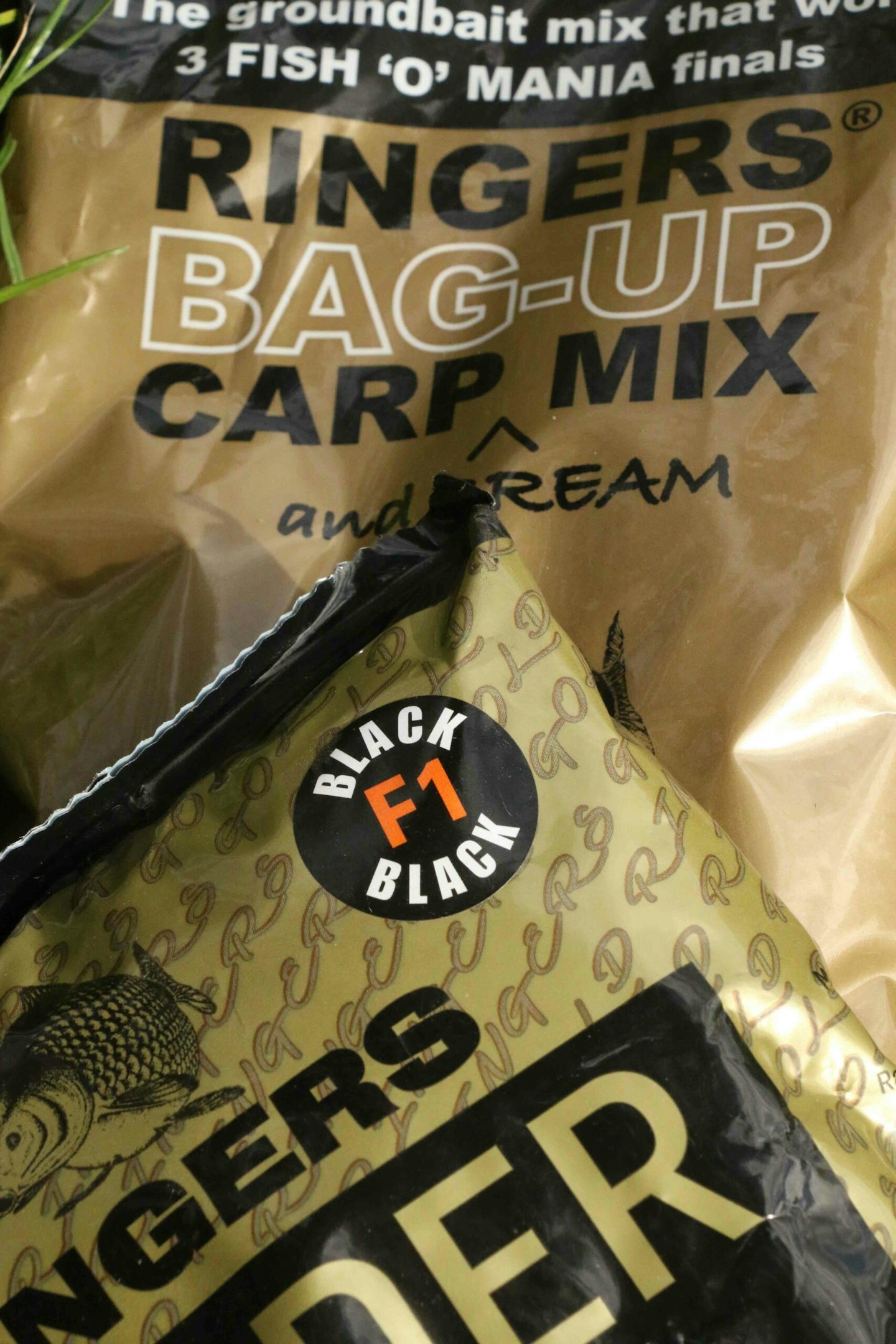
Give them a taster
Using too much chopped worm can be the kiss of death, so go easy at the start with just a pinch of minced-up worms in the feeder to see how the fish react to it.
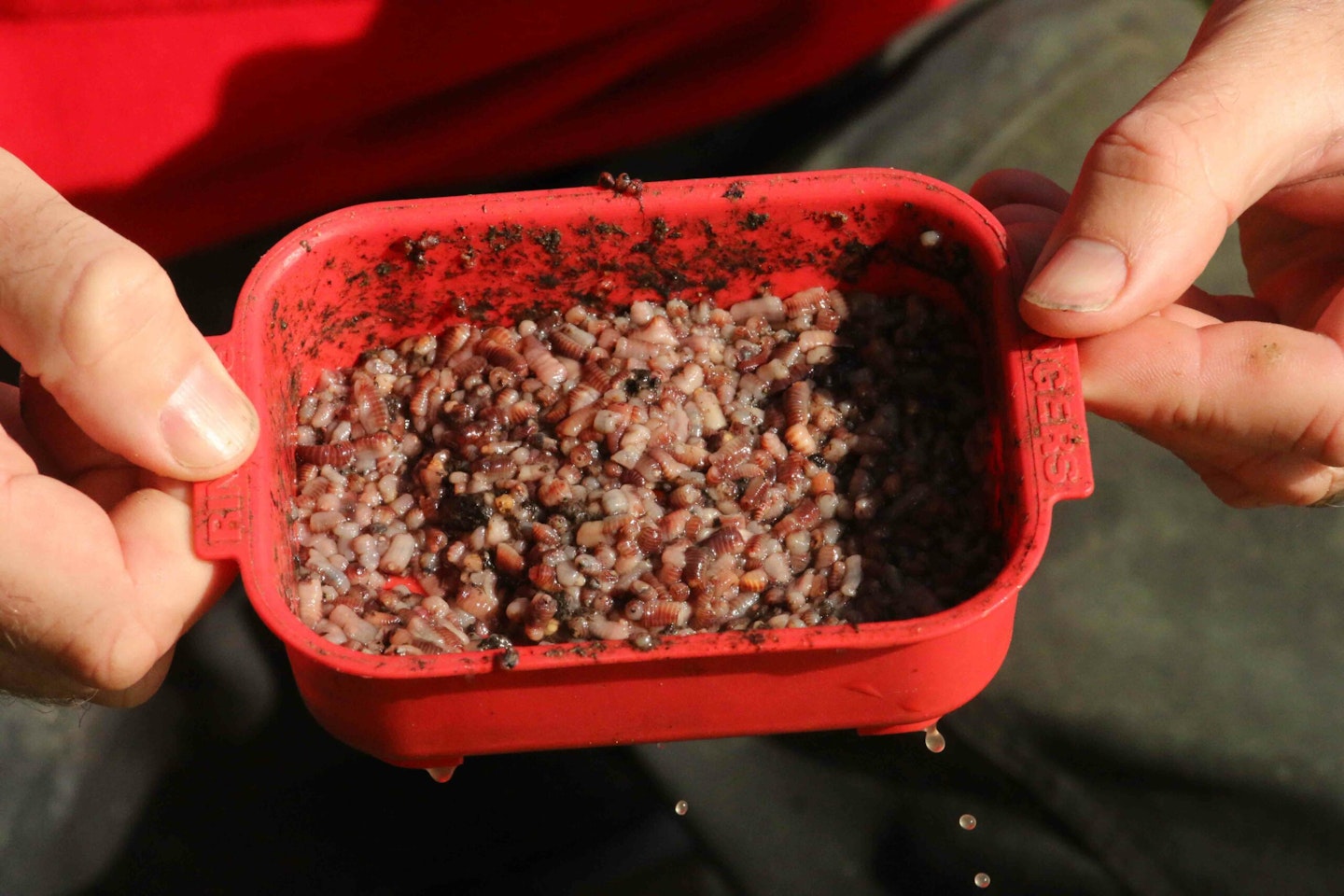
Go light with feeders
The best feeder to use is a light Nisa Rocket Cage, typically 16g or 22g. This makes little noise when hitting the water and also doesn’t stick into any silt.
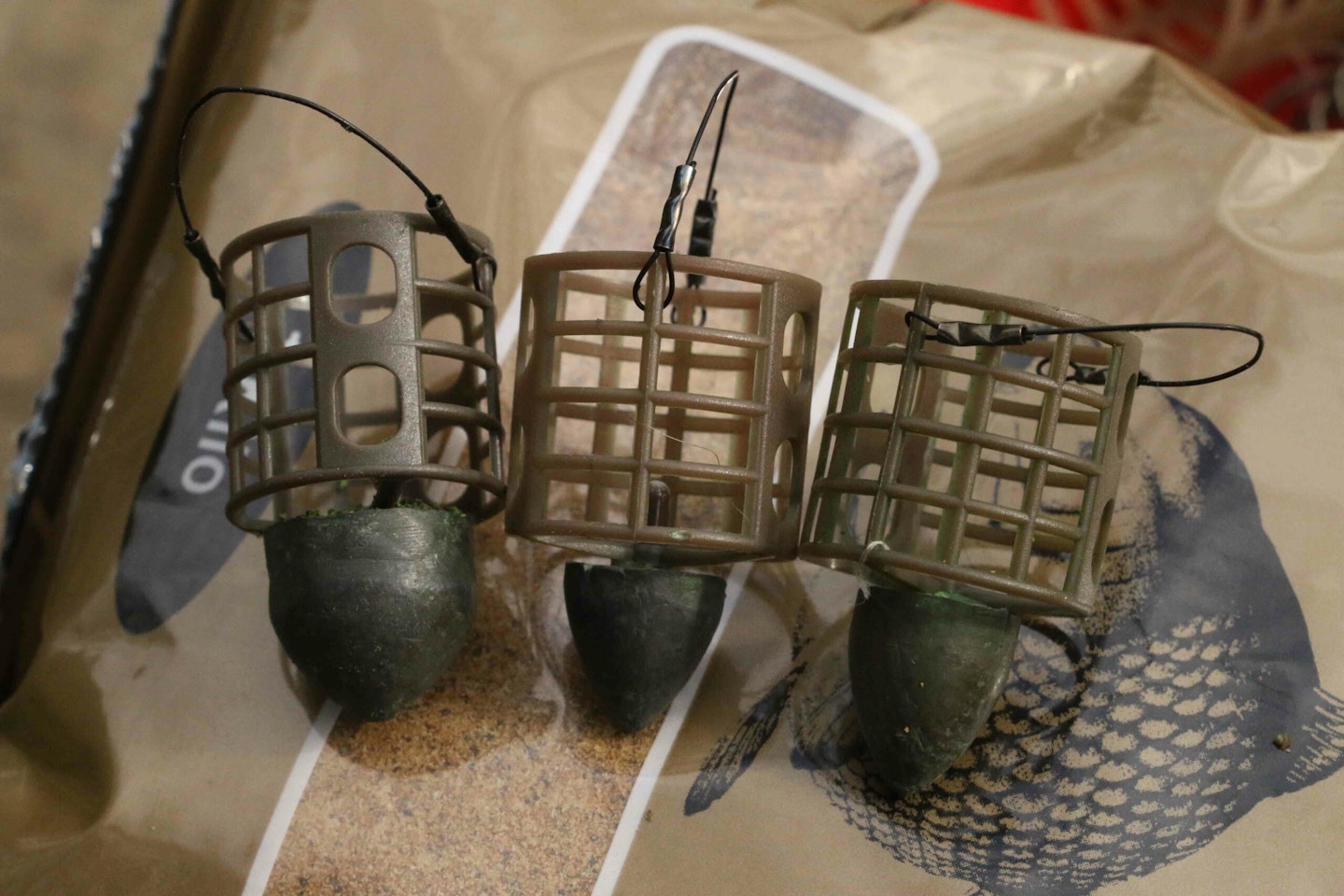
Try fluorocarbon
I use fluoro hooklengths, and I’m confident they catch me more. Start with a 50cm-long hooklength, going shorter if you get indications but no proper bites.
THE BEST POLE FISHING LINES MAKE THE BEST HOOKLENGTH MATERIAL WHEN BREAM FISHING.
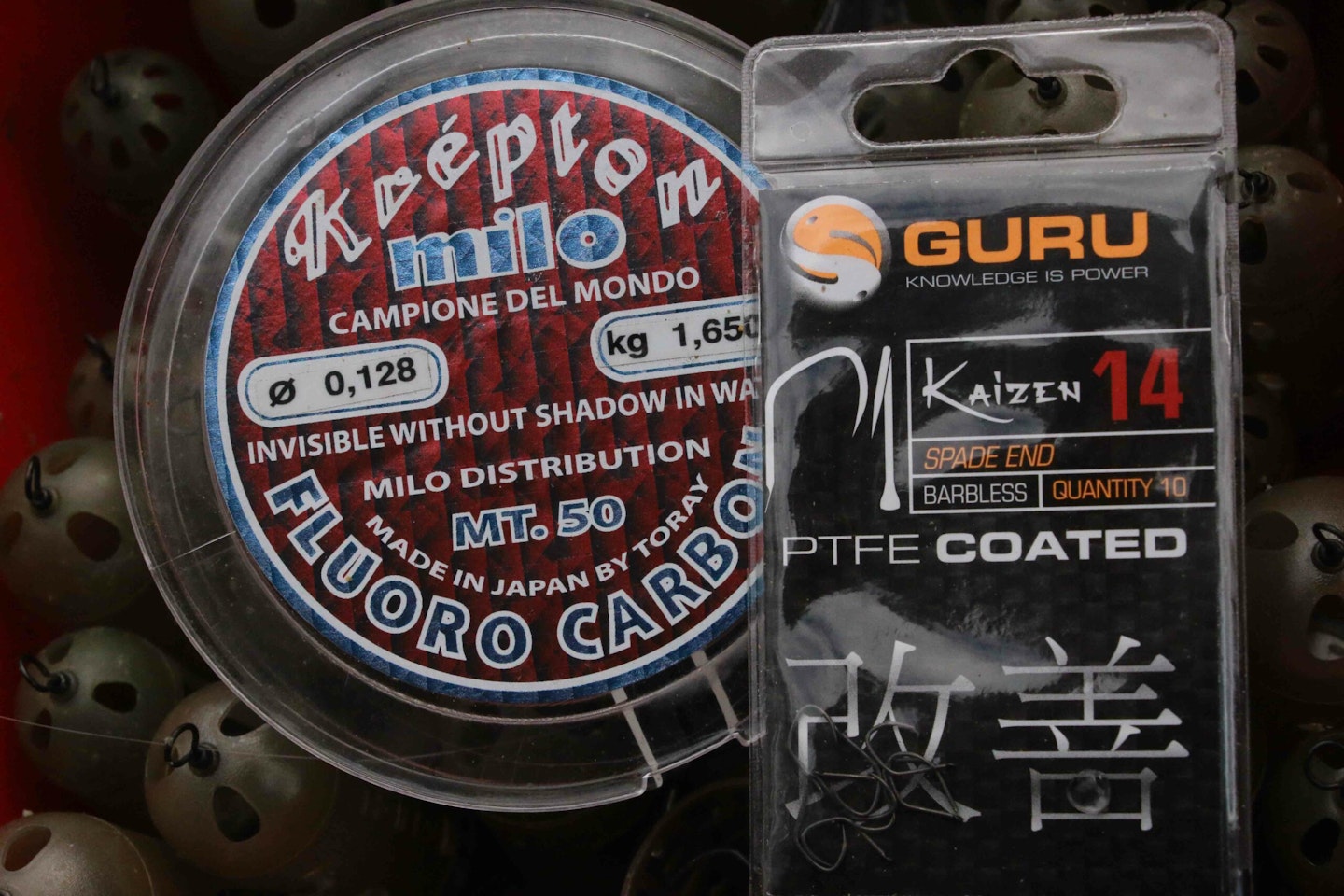
Beat small silvers
Experimenting with hookbaits is best, but my go-to bait is four dead red maggots. This helps cut down on the number of bites from small roach and perch.
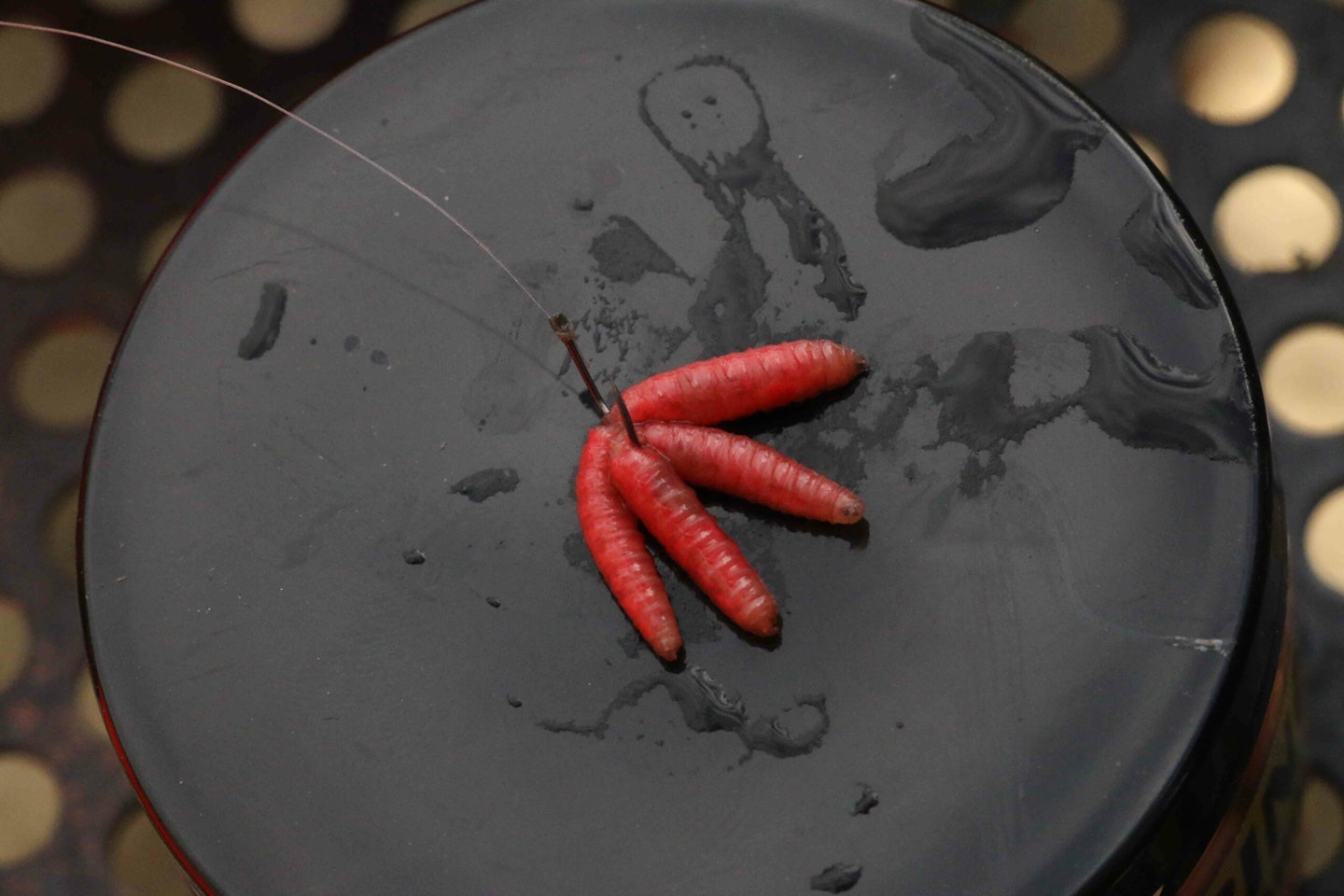
Work out the feeding
To start, I’ll use a big baiting feeder with groundbait, casters, dead maggots and a little chopped worm. One load is enough, but you can top up if you’re catching well.
BAITING UP CAN BE A POWERFUL TOOL WHEN FISHING FOR BREAM, CHECK OUT THE BEST BAIT UP RODS.
